There are many lists for planting under trees, especially native oaks.
I don’t plant anything under native oaks. I think they need the root space, and the fallen leaves themselves are beauty enough for me. But there are many other shaded situations that call out for groundcover.
Mahonias (sometimes called Oregon grape) are bold-textured evergreen shrubs or mounding groundcovers for part sun to almost full shade. Many are native to California, especially northwestern parts of the state.
I’ve seen mahonias growing well in highly cultivated, over-irrigated landscapes, but most look best in untended or lightly tended areas, where they provide a wild and rugged natural effect. Once established, most are content with little water, except in full sun.
These spiny-leaved hollylike shrubs are long-lived and slow growing. They aren’t bothered by deer unless there is nothing at all more palatable at hand. The green leaves usually start out reddish, turn lustrous dark green in summer, and then bronzy red again in fall.
Early spring flowers are bright yellow, in clusters brilliant enough to command attention. Late summer to early winter blackish purple berries are loved by birds. Bees and butterflies are attracted to the flowers.
Leaves look best in part shade with occasional water, but there may be fewer flowers in deep shade. These mostly woodland plants also seem happiest in somewhat acidic, organically enriched soil with decent drainage.
If you have a mature bigleaf maple (Acer macrophyllum), that would be a good spot for mahonias. They both like acidic soils and a little water in the driest months of summer. Also good candidates for shading mahonias are conifers, as long as the needle drop is not too deep or compacted. Pines and cedars tend to acidify the soil around them.
Mahonia aquifolium is an upright shrub to about 6 feet tall and 4 feet wide. The variety ‘Compactum’ stays about 3 feet tall and spreads more widely. ‘Golden Abundance’ has particularly showy flowers. M. repens is a mounding groundcover that spreads slowly by suckering as well as underground. Growth is slow and spread can be controlled, if desired, with a grubbing hoe. M. nevinii is 5 feet tall and wide, with new leaves reddish pink, turning gray-green, silvery below. This mahonia tolerates alkaline and clay soils.


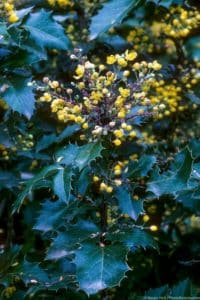
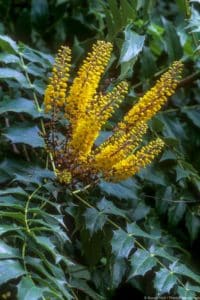

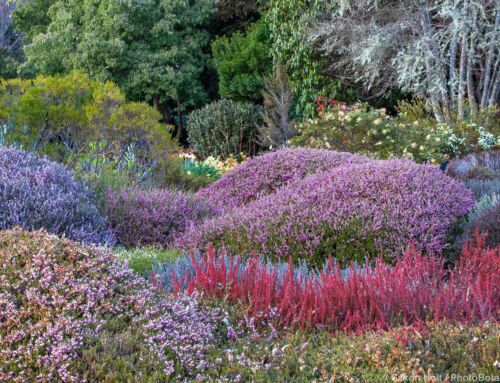
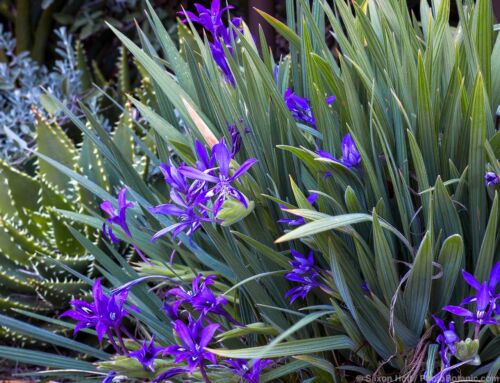
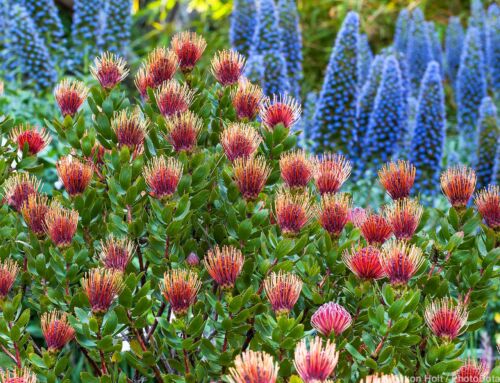
Leave A Comment